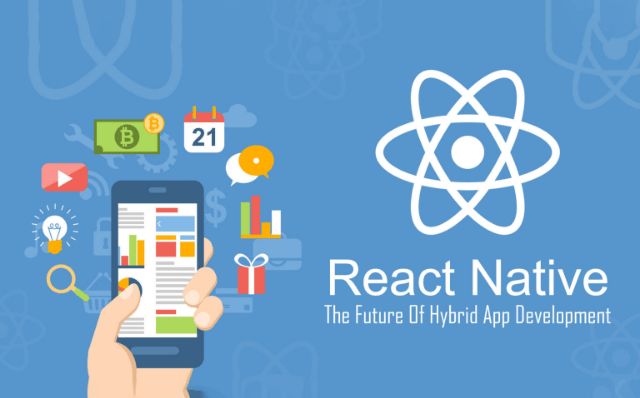|
Getting your Trinity Audio player ready...
|
Choosing which framework is the best is the first thing we do when building an app. This can be the toughest decision which decides the overall look and feel and compatibility with the app.
What we all want from a mobile app, the answer is accessibility on multi-platforms so that the maximum of our audience can access our products and services and take benefit of it. However, it was possible earlier as well (with Cordova and PhoneGap) before the release of React native but it was proposing a number of risks such as less friendly, less reliable and difficult to update and moreover causing high pricing. But as the technology has evolved, it has overturned these loopholes and the React native is the result of it. It was two years ago when Facebook introduced React to the world with its all broadly adopted features that enable experts to focus more on the products and less on the framework.
How do developers react to this new technology (React native)?
This pictorial graph clearly depicts the different perspectives of developers and the highest weightage goes to those developers who really want to learn and use this framework for present and future apps.
Let’s find out the reasons why it is ruling the entire group of the different frameworks.
Easy To Use Component
The React components fetch the input data using render () method and returned to the text which you want to display. The input data is accessible via this.props.
Here the final result will appear as “Hello Taylor”. This is the best example of a functional component. The component name should always start with a capital letter.
The components can refer to other components which allow us to use the same component at multiple places in the form of a button, a form, a dialog or a screen.
Declarative
With React, it is easy to create interactive UIs, attractive and simple views for each state in the application. Whenever data changes, React intelligently updates and renders the correct component.
With declarative approach the components would be easier to break down, tests would be easier to write and ultimately the application will have fewer bugs.
Learn Once & Write Anywhere
React allows us to create new features without re-writing existing code. It lets us build our app faster. Instead of recompiling, we can reload our app instantly. Hot re-loading allows us to run new code while retaining our application state.
How Do The End-users Can Benefit From React Technology?
Highly Affordable:The development of cross-platform apps is rather inexpensive due to following reasons
- Half of the code can be reused throughout the platform.
- Unit tests need to be written only once that saves time and resources both.
- Easy debugging as you need to fix bugs only once that are in the common codebase.
One Product For Two Platforms
The mobile app developed using React native framework supports both the platforms Android & iOS. So, here you only need one team of developers who are expert in one set of coding or technologies which would keep your time and capital at safe hand.
Better Performance
However ‘Hybrid’ app is compatible with Android and iOS both the platforms but from performance wise, it tends to go down for being more complicated. There are many reasons why React native is a better choice. React native app is compiled into natively written code that allows it to work on both the platforms and also function the same as a natively written app.
Rapid Development
The React native uses components that allow developers to compose re-usable code that further helps to expand the existing application without revising the code which decreases the time and cost without compromising with the performance.
Greater Audience Reach
The sole purpose of creating a mobile app is reaching out to a wider audience, using it as a tool for promotion and marketing. For being accessible on both the platforms it helps to target the different market audience at the same time.
Easy Optimisation
It is easier with React native if in case you wish to add more custom functionalities, React native allows you to get native technology that easily combines with Native code(Objective-c, Swift & Java).
This framework has the potential to become the framework of the future for its probable compatibility with number of other devices like smart Tvs, Xbox consoles, Windows devices, VR headsets, smart watches and many more.

